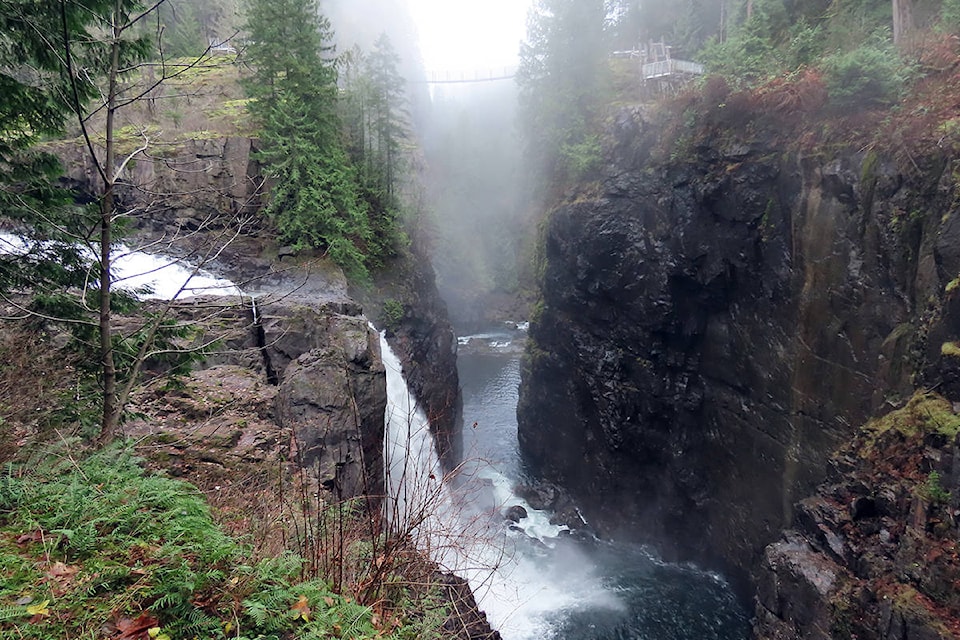LESLIE COX
Special to The Record
Did you remember it was World Soil Day on Dec. 5?
That is the day the United Nations set aside, worldwide, when we celebrate the very medium from which all life is nurtured. Without soil there is no food, no materials to build homes, no biofuel to keep us warm. Without soil, many of the ecosystem services would fail, not the least of which would be the deterioration in the quality of our freshwater.
Soil. It is the very stuff we walk on… and think nothing of it. Our attention seems to naturally gravitate towards what is readily visible rather than to dwell on what vast world may lie hidden under our feet.
Truthfully, many of us do not know any better. We tend to call this dark loam-, or clay-, or sand-based ingredient “dirt.” And with good reason. You play or work in it, you tend to get dirty. Sometimes really dirty. What mother has not scolded their child for bringing the dirt inside? And oh my gosh! The very state of the child’s clothes! To a mother, “dirt” can seriously translate into a lot of extra work.
So, based on the anger level our mothers escalated to, is it any wonder we have grown up thinking soil is nothing except the reason we got into trouble?
I, for one, was regularly in trouble for the state of my clothes. But thankfully, as much as my mother despaired of me ever being her neat and tidy daughter, she allowed me enough freedom to follow my naturalist’s heart. So it was, I grew up with a healthy respect for life’s blood, so to speak. (Honestly, the trials I put my mother through… like the episode between me and an overflowing wheelbarrow of manure! It was a good thing, for her sake, my sister stayed cleaner than me.)
Getting back to the claims made in the first paragraph; have you had some time to think about them?
Where is most of our food grown? Where does a lot of the feed come from for our cattle, chickens, pigs, etc.? Where do the materials come from for constructing our homes? And have you ever thought about the impact soil has on ecosystems?
I mentioned freshwater quality. Think about where rain, snow and ice run-off flows. What absorbs the water as it makes its way into the aquifers? What would the water quality be like if the soil was contaminated?
I simplify the process somewhat, but the gist is there.
If there was no soil, the water run-off would keep on running, missing the aquifers completely. The consequence of this action is often major flooding with loss of infrastructure, property, and sadly, even life.
But to keep the water run-off for re-filling the aquifers means we have to look after the soil; the filter for clean drinking water.
Now, soil is a very wonderful filter. It is capable of cleaning up some sins. However, there is definitely a limit to what it can handle. Or rather, what the microorganisms living in the soil can handle. It is these bajillion numbers of tiny creatures (no one knows exactly how many) who do all the work in sustaining the health of our soil.
Kudos to the United Nations for their forethought in declaring Dec. 5 a day in which we can celebrate, and think, about soil.
But honestly, do not limit your thoughts on this subject to just one day. For the very health of our planet, we should be honouring its soil daily. After all, it takes nature 500 years to make just one inch of this life-sustaining black gold.
Leslie Cox co-owns Growing Concern Cottage Garden in Black Creek. Her website is www.duchessofdirt.ca
